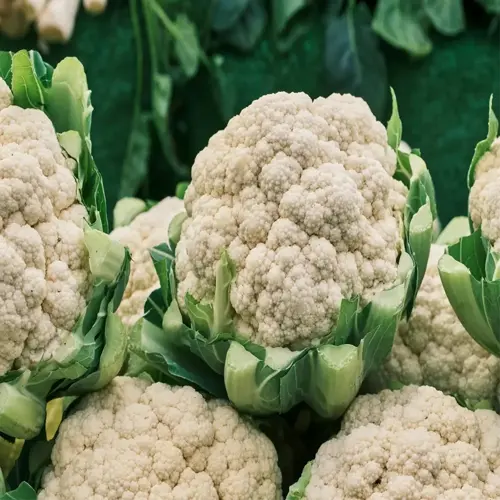What is the best way to grow celery?

Written by
Michael Sullivan
Reviewed by
Prof. Martin Thorne, Ph.D.Understanding the process of growing celery will turn every gardener into a patient guardian of flavor. My first crop filled me in on the non-negotiable requirements of celery - it requires cool temperatures, consistent moisture, and loamy soil that is richer than the soil most vegetables require. Celery seeds can be started indoors 12 weeks before your average last frost date. Using heat mats set at 70°F (21°C) increased my germination rates from 50% to upwards of 85% over room temperature germination rates.
pH Balancing
- Test soil with $12 digital meter monthly
- Add lime if below 6.0, sulfur if above 7.0
- Mix amendments 6 weeks before planting
Organic Matter
- Incorporate 3-inch compost layer annually
- Use worm castings (1 cup per plant)
- Rotate with legumes to boost nitrogen
Mulching
- Apply straw 2 inches thick around seedlings
- Refresh monthly to retain moisture
- Prevents soil crusting and weed competition
The spacing needs of celery's 18-inch root zone may be larger than most gardeners realize. I grow celery in raised beds that are 12 inches deep - anything less will lead to stunted growth. However, a balcony garden I designed for a client amazed me! Dwarf varieties were grown in 10-inch pots and produced 8 crisp stalks per plant with daily watering.
Combat pests environmentally by interplanting garden nasturtiums and garlic. My aphid infestations dropped 70% after bordering patches of celery with these pest allies. During periods of severe aphid invasion, I spray neem oil in the evening - it smothers the aphids and does not affect the beneficial ladybug beetles who patrol my garden each day.
Read the full article: How to Grow Celery: Expert Homegrown Guide

